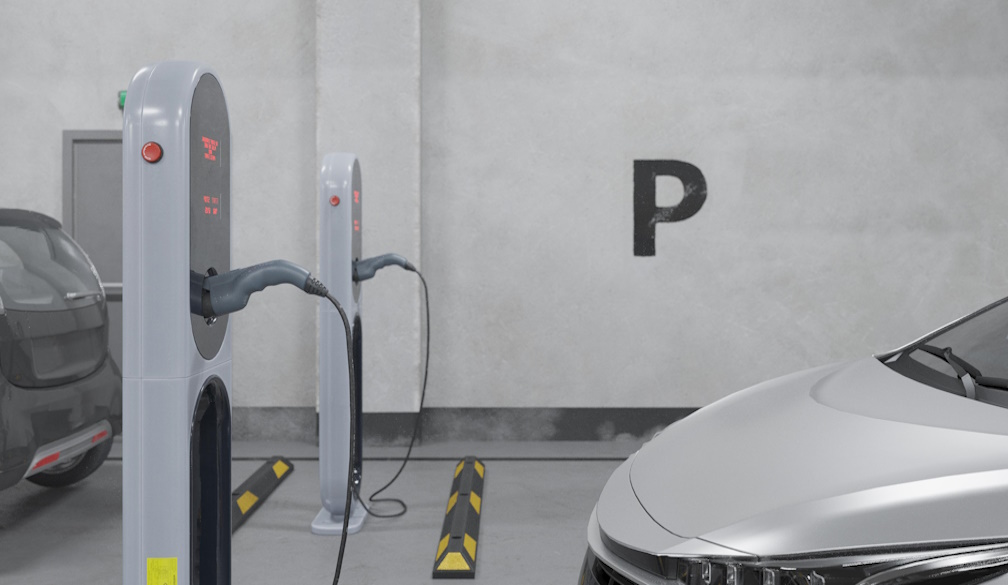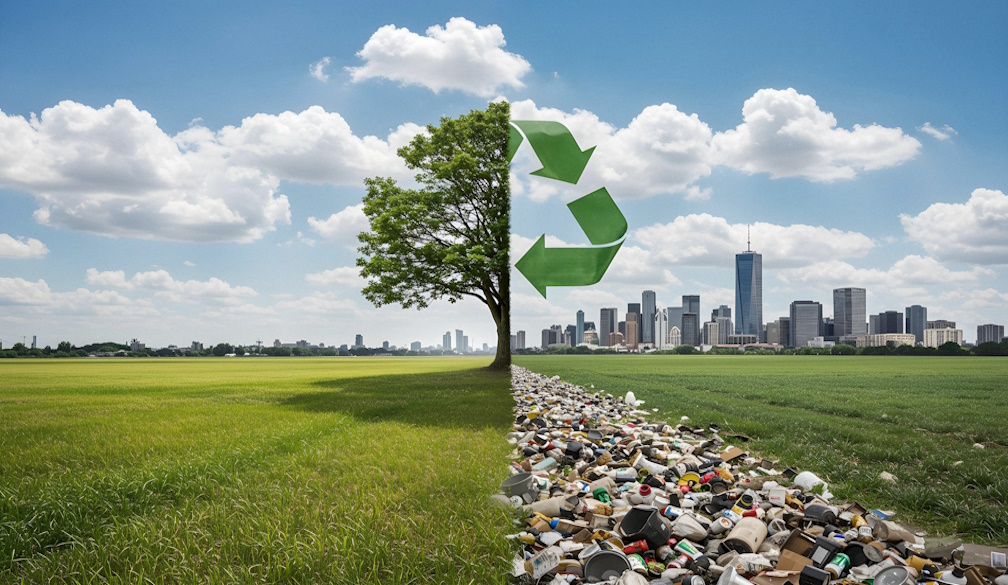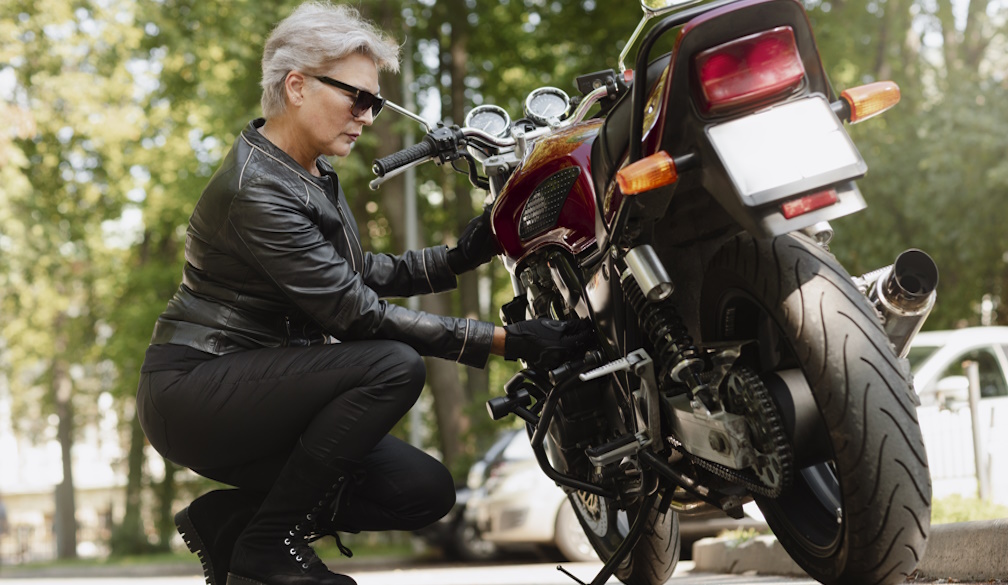How easy would it be to 'free' the Aboriginal flag?
- Written by Isabella Alexander, Professor of Law, University of Technology Sydney
There is growing disquiet and anger[1] about restrictions on how the Aboriginal flag can be used, particularly after it was absent from the AFL’s recent Indigenous round[2].
On Thursday, the Senate set up a parliamentary inquiry[3] to look at options to “enable the flag to be freely used by the Australian community”.
So, what are the options to try and secure wider use of a flag that up until now has been a[4] “uniting symbol for all Aboriginal people”?
What is the problem?
Unlike most other flags around the world, the Aboriginal flag is still protected by copyright.
That copyright is owned by Luritja man Harold Thomas, who created the flag[5] for the National Aboriginal Day march in July 1971.
When the flag was proclaimed as an official flag of Australia in 1995, Thomas’ authorship of the artistic work (that constitutes the flag) was contested. But in 1997, the Federal Court[6] declared him the author and owner of the copyright.
Read more: Explainer: our copyright laws and the Australian Aboriginal flag[7]
Thomas has since granted commercial licensing rights for use of the flag on clothing to WAM Clothing[8]. There is also a licence to Gifts Mate[9] for the right to reproduce the flag on merchandise and to Flagworld[10] for the right to produce the Aboriginal flag as a flag.
Anyone wishing to do any of these activities must get permission from one of these companies.
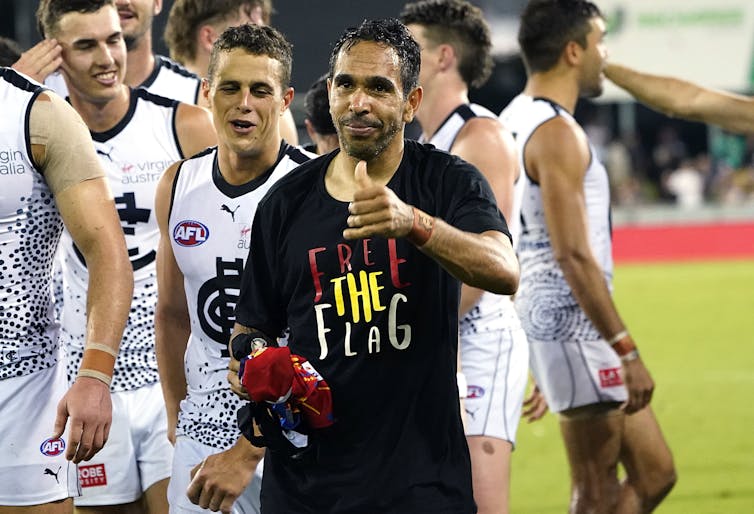 AFL player Eddie Betts has shown his support for the ‘free the flag’ campaign.
Dave Hunt/AAP
AFL player Eddie Betts has shown his support for the ‘free the flag’ campaign.
Dave Hunt/AAP
Importantly, copyright covers not just commercial reproductions of the flag but also non-commercial and private ones. This means it is fine to fly the flag, but anyone wishing to make their own copy or even get it as a tattoo needs Thomas’ permission.
#Freetheflag
There has been growing anger[11] over the licensing arrangements after the AFL, NRL[12] and Indigenous community groups[13] have been asked to pay for using the flag and, in some cases, threatened with legal action.
An online petition[14], started by Indigenous social enterprise Spark Health, to change the licensing agreement around the flag, has so far collected more than 140,000 signatures. AFL clubs have also backed the #freetheflag campaign[15].
What does Labor want?
Labor says it plans to draft a private members’ bill[16] to free up use of the flag. It also pushed for the Senate inquiry this week, which will report in October.
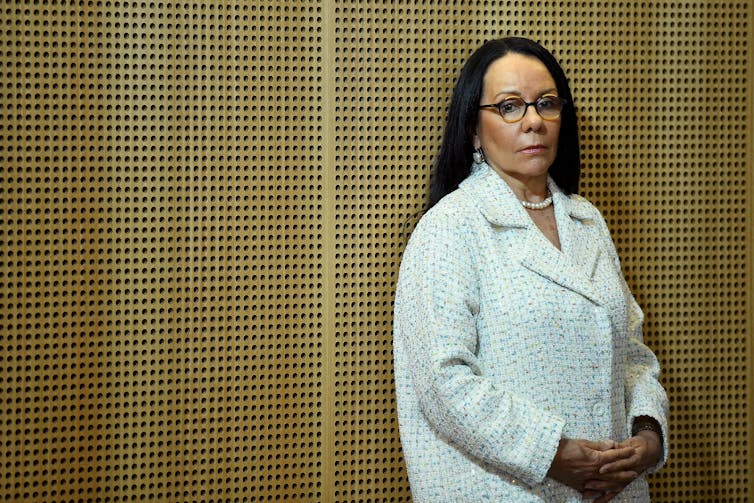 Labor’s Linda Burney says she wants to introduce a bill to ‘free’ the flag.
Bianca De Marchi/AAP
Labor’s Linda Burney says she wants to introduce a bill to ‘free’ the flag.
Bianca De Marchi/AAP
As the party’s Indigenous Affairs spokesperson Linda Burney explained[17],
this is a national flag and the government has to make sure that it is freely available to all Australians. The government has the power and the resources to fix this.
For its part, the federal government[18] says Labor’s plan is a “stunt” and it is working to “resolve” the issue.
What could a bill do?
It is true the federal government has the power to change the law, but whether it can easily “fix” the situation is more doubtful.
One option would be to pass a law that specifically takes the copyright away from Thomas and gives it to the government. However, such a law could run afoul of the Constitution, which provides that the Commonwealth can acquire property from a person, but must compensate them on “just terms”.
Alternatively, legislation could be passed so that copyright in the flag ceases entirely and the work becomes part of the public domain. This would be radical and unprecedented approach in copyright law.
Read more: Australians' favourites show Aboriginal art can transcend social divisions and art boundaries[19]
A less drastic solution could be to introduce a law that restricted Thomas’ ability to grant licences of his copyright.
While these two options are likely to avoid constitutional issues (following the 2012 tobacco plain packaging case[20]), they could be politically and culturally controversial - as they would involve either taking away property from an Indigenous man, or severely restricting his autonomy around it.
Minister for Indigenous Australians Ken Wyatt has also signalled his reluctance[21] to do anything extreme.
I don’t want to go down a pathway where we legislate to take away the copyright of an individual.
Or, there could be a ‘fair use’ provision
Another option might be for legislation to draw inspiration from the Australian Law Reform Commission’s 2014 “fair use” proposal[22], which the Productivity Commission[23] backed in 2016.
This would need legislation to stipulate Thomas’ copyright would not be infringed by anyone making “fair use” of the flag. This could include applying the flag to clothing for charitable purposes, private uses such as tattoos, as well as the production of images that incorporate the flag for cultural, social or political events.
At the same time, this would not deprive Thomas of the ability to license the flag for purely commercial uses.
What else can the government do?
This week, a spokesperson for Wyatt described the flag issue as “delicate and sensitive” and the government is “working to resolve the matter”.
The government could enter into an agreement with Thomas to buy the copyright, or acquire the licences. This option could respect Thomas’ rights as copyright owner, although would likely come with a hefty price tag [24].
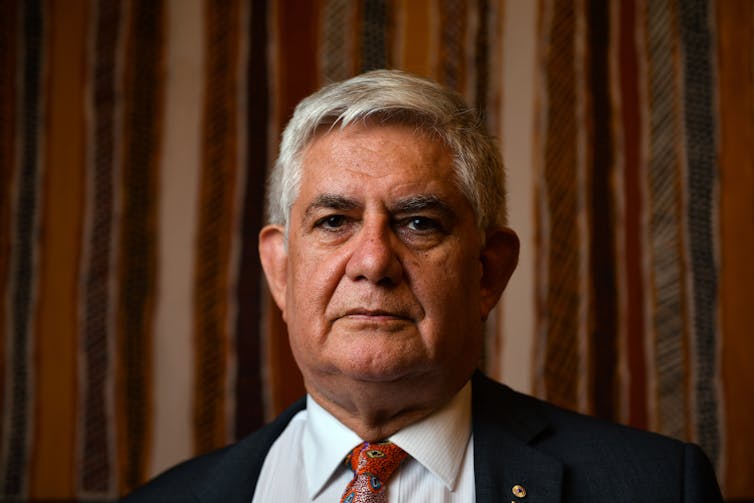 Minister for Indigenous Australians Ken Wyatt has been working on the flag issue.
Mick Tsikas/AAP
Minister for Indigenous Australians Ken Wyatt has been working on the flag issue.
Mick Tsikas/AAP
It also may not meet the concerns of others in the Indigenous community, as this would depend on any conditions the government might set for use of the flag.
Another approach would be for copyright to be assigned to an Indigenous-controlled body, as is the case with the Torres Strait Islander flag. Copyright in that flag is owned by the Torres Strait Island Regional Council[25], and requests to reproduce it must go to that body.
Our copyright law needs to do better
The flag debate also demonstrates how inadequate our law is when copyrighted works end up as cultural symbols or icons.
In the absence of a fair use exception, the law does not account for the fact that flags might be “artistic works” according to copyright, but the ways they are used and the emotions they inspire go well beyond the law’s concern with remunerating authors.
As Gunditjmara woman and owner of Spark Health, Laura Thomson, recently observed[26],
In many ways, it was the people that gave the flag value, not Harold.
References
- ^ disquiet and anger (www.theguardian.com)
- ^ AFL’s recent Indigenous round (www.abc.net.au)
- ^ parliamentary inquiry (www.sbs.com.au)
- ^ has been a (www.abc.net.au)
- ^ created the flag (www.sbs.com.au)
- ^ Federal Court (aiatsis.gov.au)
- ^ Explainer: our copyright laws and the Australian Aboriginal flag (theconversation.com)
- ^ WAM Clothing (wamclothing.com.au)
- ^ Gifts Mate (www.giftsmate.com.au)
- ^ Flagworld (www.flagworld.com.au)
- ^ growing anger (www.theguardian.com)
- ^ AFL, NRL (www.abc.net.au)
- ^ community groups (www.theguardian.com)
- ^ online petition (www.change.org)
- ^ backed the #freetheflag campaign (www.sbs.com.au)
- ^ private members’ bill (www.abc.net.au)
- ^ explained (www.lindaburney.com.au)
- ^ federal government (www.abc.net.au)
- ^ Australians' favourites show Aboriginal art can transcend social divisions and art boundaries (theconversation.com)
- ^ 2012 tobacco plain packaging case (www.austlii.edu.au)
- ^ signalled his reluctance (www.theguardian.com)
- ^ fair use” proposal (www.alrc.gov.au)
- ^ Productivity Commission (www.pc.gov.au)
- ^ hefty price tag (www.theguardian.com)
- ^ Torres Strait Island Regional Council (www.tsirc.qld.gov.au)
- ^ recently observed (www.podcastoneaustralia.com.au)
Read more https://theconversation.com/how-easy-would-it-be-to-free-the-aboriginal-flag-145446





